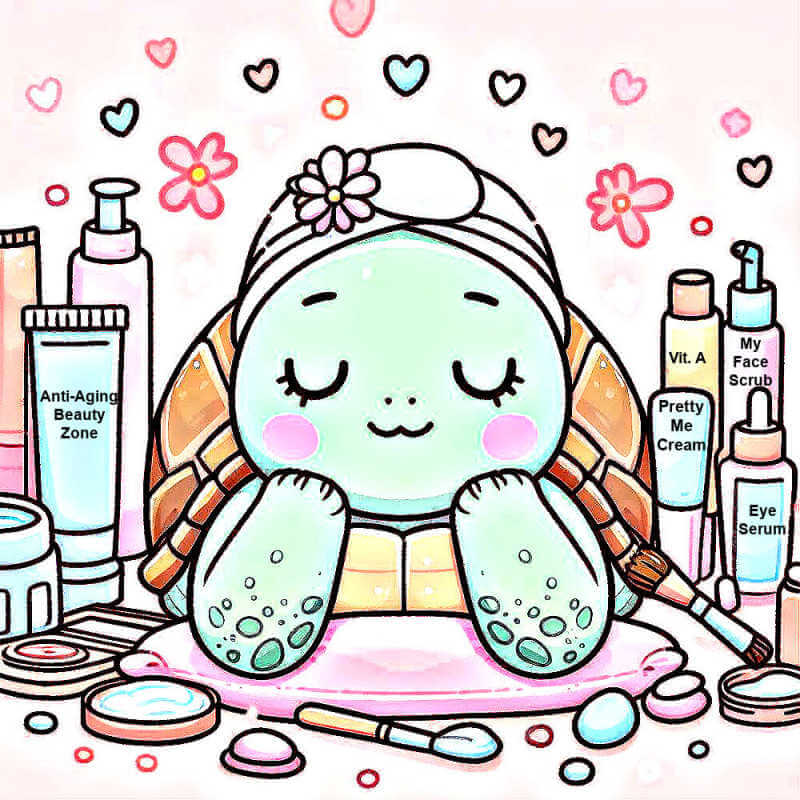- Home
- Reduce Puffy Eyes
- Filler for Under Eye Puffiness
I may earn from qualified Amazon & Affiliate purchases at no cost to you.
Best Fillers for Under Eye Bags and Puffiness: A Complete Guide
by: Linda Robison / Facial Fitness Specialist @ ABZ
Lower eyelid filler can get rid of puffy or hollow eyes and dark circles, but, it's not for everyone. Are you a good candidate?
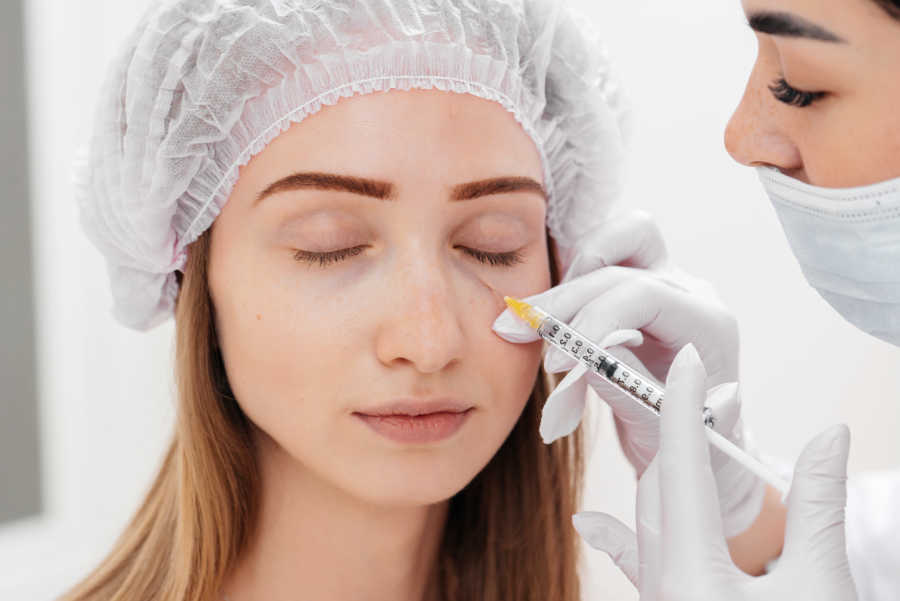
Lower eyelid filler can help with puffy eye or hollow eyes and dark circles, but it’s not for everyone. Are you a good candidate?
What are tear trough fillers?
Tear trough fillers are injections that restore volume to the under-eye area, reducing puffiness and dark circles. They can be a game-changer for rejuvenating your appearance, especially if you suffer from hollow eyes or tear trough deformity.
However, these fillers work best for certain types of under-eye issues, particularly those related to volume loss.
Is under-eye filler right for your puffiness or dark circles
While under-eye fillers can dramatically reduce puffiness (under-eye puffiness), they aren’t the right solution for everyone. Fillers are particularly effective for puffy eyes caused by volume loss or hollowing.
If your puffiness is due to swelling or excess fat, fillers may not be the ideal choice. In that case, you might want to consider other treatments or top eye serum products.
In this article, we’ll explore how tear trough fillers work, what causes under-eye puffiness, who should avoid them, their potential side effects, and the costs involved.
What are tear trough fillers and how do they work?
 Before and after injection of tear trough fillers.
Before and after injection of tear trough fillers.Tear trough fillers are injections that restore volume to the under-eye area, specifically targeting the hollow, sunken areas around the inner eye (known as tear troughs).
These fillers, usually made from hyaluronic acid, work to reduce puffiness and dark circles by filling in the depressions under the eyes caused by volume loss, known as tear trough deformity.
When the tear trough area loses volume, it can create a shadowing effect that mimics the appearance of under-eye bags, even though there may not be actual swelling or excess fat.
This procedure helps to restore a more youthful, refreshed look by reducing these hollows.
The treatment is minimally invasive and typically offers temporary results, lasting anywhere from several months to a year, depending on the type of filler used and individual factors.
What causes under-eye hollowing and puffiness?
Tear trough hollowing can result from various factors that contribute to under-eye puffiness, tired eyes, and a sunken look. Here are the major causes:
1. How Aging Affects the Tear Trough Area
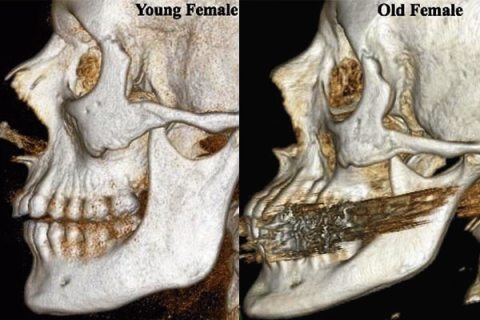 Hollowing of the eye socket with age.
Hollowing of the eye socket with age.Bone structure change: As we age, facial bones shift, elongating the eye sockets and causing a hollowed look. Learn how bone changes can also affect the signs of facial aging.
Skin elasticity: Skin loses elasticity, contributing to a sunken tear trough appearance.
Fat and tissue loss: Loss of fat pads and collagen in the under-eye area can result in a loss of volume and create a hollowed appearance.
2. Genetics and tear troughs
Genetics: Some individuals may be genetically predisposed to having more prominent tear troughs or puffy eyes, which can contribute to the hollowing effect.
3. Lifestyle Factors Contributing to Puffy Eyes
Lifestyle factors: Certain lifestyle habits such as smoking, poor diet, lack of sleep, and excessive sun exposure can accelerate the aging process and contribute to tear trough hollowing.
Tear trough filler for under eye puffiness: Who Should Avoid Them
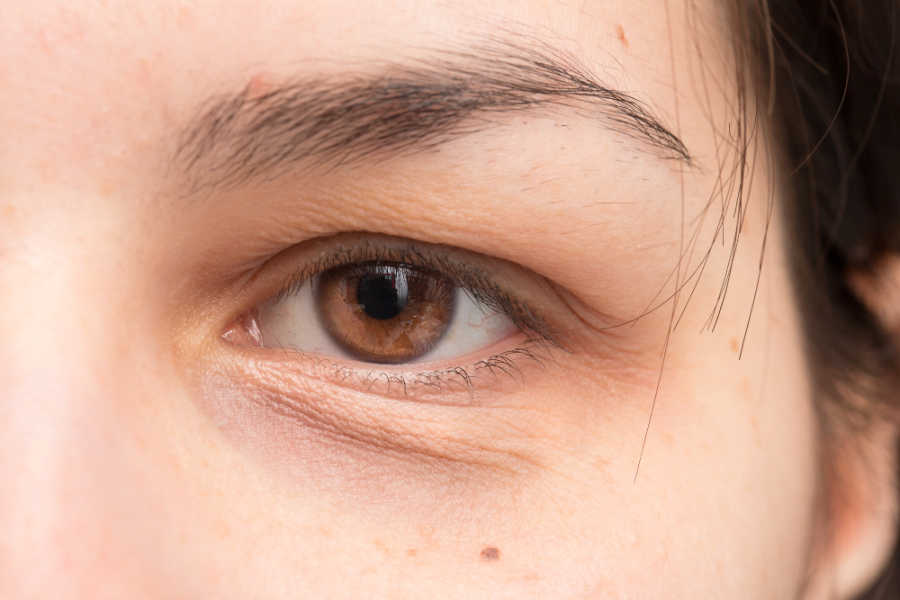 Tear trough deformity gives the appearance of puffy eyes and dark circles.
Tear trough deformity gives the appearance of puffy eyes and dark circles.According to Dr. Amir Karam, MD, a double board-certified facial plastic surgeon specializing in facial rejuvenation, under-eye filler is most effective for treating tear trough deformity, which causes hollowing in the inner corner of the eye.
However, if you have prominent under-eye bags or puffiness caused by excess fat that extends beyond the inner eye area (such as malar bags or festoons), under-eye fillers may not be the right solution.
Avoid fillers if:
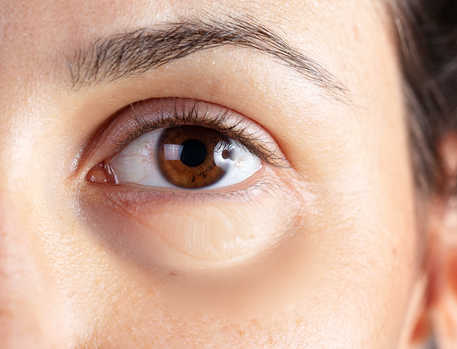 Tear trough treatment is not a good option for the puffy eyes due to excess fat deposit.
Tear trough treatment is not a good option for the puffy eyes due to excess fat deposit.Tear trough injections are not appropriate for those with:
- excess fat pads
- fluid retention or lymphatic problems
- puffiness that comes and goes
- thin, loose, or excess skin
Adding filler will only make the puffiness worse because it will draw water to the area. At-home eye bag treatments might be a better option for you.
If excess under-eye fat is the primary cause of puffiness, other treatments may be more appropriate.
These include:
- Surgery: Procedures like lower eyelid blepharoplasty or fat repositioning can remove or reposition the excess fat. This option offers a permanent solution for puffiness caused by fat deposits.
- Non-invasive procedures: Radiofrequency-based devices or ultrasound treatments can help reduce fat deposits non-surgically. These treatments work by targeting and breaking down the excess fat cells, leading to a reduction in puffiness.
Your doctor can help diagnose the cause of your under-eye puffiness and recommend the best treatment option for you.
Which filler: Restylane or Juvederm are best for around the eyes.
Both Restylane and Juvéderm are one of the most popular hyaluronic acid (HA) fillers for under-eye treatments.
The choice between the two depends on various factors, including the individual's specific needs, the expertise of the provider, and personal preference.
Restylane and Juvéderm have slightly different formulations and consistencies, with varying gel thickness and durability.
Some doctors may prefer the smoother texture and spreadability of Restylane, while others may find Juvéderm to be more suitable for their needs.
Ultimately, the decision on which filler is better for under-eye puffiness due to tear trough deformities should be made in consultation with a qualified and experienced professional.
They can evaluate your unique situation, discuss your goals, and recommend the most appropriate filler based on their expertise and your individual needs.
Is it worth getting under eye fillers: Side effects
Many people who had this procedure are extremely happy with the results. It's non-invasive, quick, and results are seen immediately.
But, it's important that you are the right candidate. A qualified medical professional will be able to determine that.
It's also essential that your injector is skilled and has experience with this type of procedure.
Side effects and complications are possible. They include:
Swelling: Improper tear trough filler placement can cause swelling under the eyes or in the mid-cheek area. This happens if it's injected above the orbicularis retaining ligament or too close to the skin surface, attracting water and causing under-eye swelling.
Note: Tear trough recovery normally involves a degree of swelling as a common side effect of dermal injections.
However, if there is extreme swelling, pain, or it lasts longer than 24–48 hours, it may indicate a problem. Understand the difference and see if your swollen eyes from filler treatment is normal.
Tyndall Effect: If the wrong filler is used and the particles are large or densely packed, they can scatter light, leading to a bluish tint visible through the skin. This can happen if the injection was placed too superficially.
Over-filling: Excessive tear trough filler can cause puffiness or lumps. When too much filler is used, the area may appear swollen or have noticeable bumps, especially when smiling or viewed from above.
Darker Eye Circles: Fillers may not be suitable for dark-skinned individuals with dark circle concerns. If your dark circles are caused by darker pigmentation in your skin, fillers could potentially accentuate them.
Necrosis or vision loss: This is very rare, but possible. That's why it's important to find a qualified provider.
How long do under eye fillers last
The duration of results for under-eye fillers can vary depending on several factors, including the type of filler used, individual metabolism, and the area being treated.
However, in general:
- Hyaluronic acid (HA) fillers, such as Restylane and Juvederm, typically last around 9 to 12 months.
- Fillers like Radiesse, which are made from calcium hydroxylapatite, can provide results that last up to 12 to 18 months.
- Sculptra, a poly-L-lactic acid filler, stimulates collagen production and can offer results that last up to 2 years or more.
Tear trough injections: Cost considerations
Juvederm and Restylane are the most common fillers used around the eyes.
The cost of dermal injection treatments for under-eye puffiness can
vary depending on the location, the experience, and reputation of the medical professional, and the amount of filler
required.
On average, the cost ranges from $500 to $1,500 per syringe. And, the treatments will need to be repeated around every six -12 months.
Final takeaway:
Under-eye puffiness can be a frustrating issue, but if it's due to tear trough issues, then cosmetic injections can help.
These volumizing treatments effectively reduce hollows and restore lost volume, resulting in a more youthful and rejuvenated appearance.
You can also consider natural options to reduce eye bags. These might help to temporarily mask the look of puffiness.
FAQ: Filler for under eye puffiness
Q: Can Fillers injectables work for dark circles?
Q: Can Fillers injectables work for dark circles?
A: Yes, it can help. Here is how:
When the under-eye area loses volume or becomes hollow, it can create a sunken appearance, making the underlying blood vessels and structural elements more noticeable.
HA injectables can fill-in the hollows and reduce the appearance of underlying blood vessels which look like dark eye circles.
About the Author:
Linda Robison is a Facial Fitness Specialist and the founder of Anti-Aging Beauty Zone. She shares expert insights on skincare, facial rejuvenation, and beauty treatments—blending traditional wisdom, personal experience, and science-backed research for both at-home and in-office solutions.
Before you go ....
Please tap on the💙in the bottom right corner if you found this page helpful. Also, Let’s CONNECT! Click the buttons below to follow me on social media.
Thanks so much!




